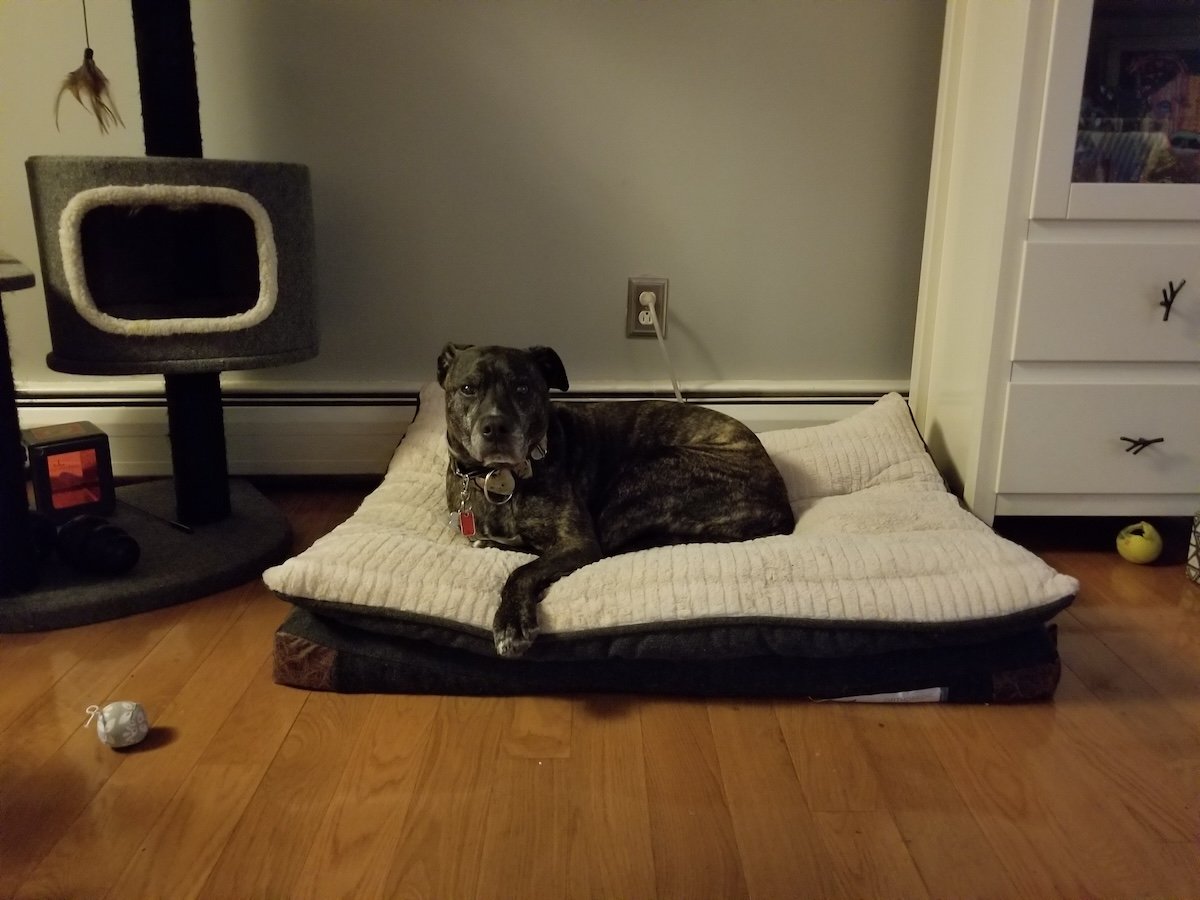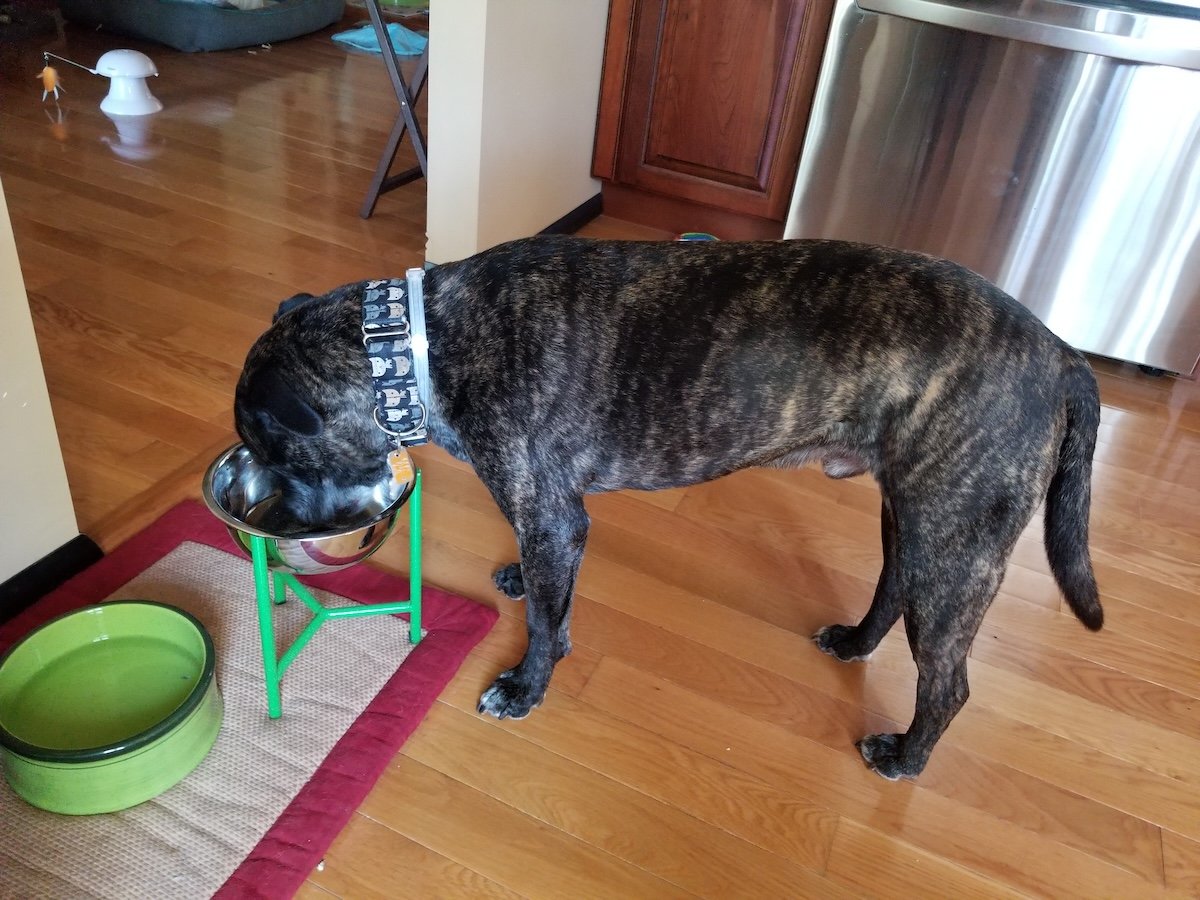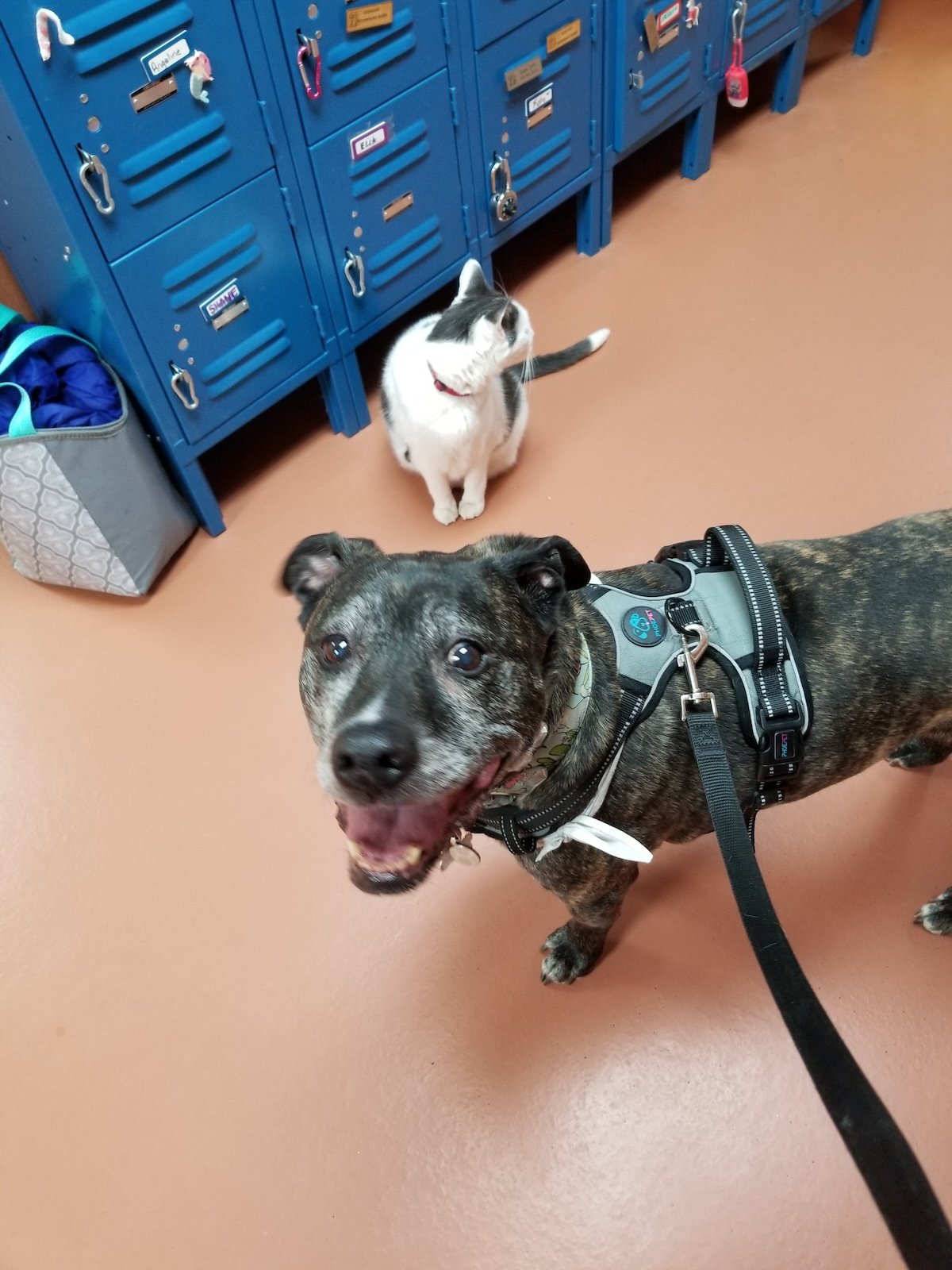 Nobody likes pain, and this includes dogs. Pain affects every part of life for us as well as our canine counterparts. It affects not only daily living but sleep, relationships and emotional health. Dogs live in the moment; we must ensure that moment is pain free. The most common cause of pain in dogs is osteoarthritis(OA), with 40% of ALL dogs suffering from OA. That is a lot of dogs and many are not being treated for pain. Why is this the case?
Nobody likes pain, and this includes dogs. Pain affects every part of life for us as well as our canine counterparts. It affects not only daily living but sleep, relationships and emotional health. Dogs live in the moment; we must ensure that moment is pain free. The most common cause of pain in dogs is osteoarthritis(OA), with 40% of ALL dogs suffering from OA. That is a lot of dogs and many are not being treated for pain. Why is this the case?
Misconceptions

-
Myth-only happens to big and old dogs- A recent study found that 40% of dogs less than 4 years old already show signs of arthritis on their x-rays
-
Truth- pain from osteoarthritis can happen to any dog at any age regardless of breed or size.
-
Myth-It’s normal for older dogs to slow down, and have mobility issues like stiffness.
-
Truth- These are some of the signs of joint pain and there are options to improve their quality of life as a senior.
-
Myth-If not showing signs of pain my dog is not experiencing pain.
-
Truth- Dogs are wonderful at hiding pain, due to wild instincts and the chronic nature of the disease they adapt. New information is revealing behavioral changes in dogs are often seen before physical signs in dogs with joint pain. Knowing the signs to look for is important. Dogs will continue to eat and wag their tails in pain.
-
Myth-Long term medications are concerning
-
Truth-Treatment of any kind for OA must be long term, this is a disease that is incurable as well as progressive. Your veterinarian will choose the best option for your dog when it comes to treatment.
-
Myth- Start with a supplement if pain is present
-
Truth- Treating pain early is not only important for your dogs well-being additionally pain becomes increasingly difficult to alleviate the longer it continues. Supplements should not be used as a first line pain treatment. Using products your veterinarian prescribes that have been approved by the FDA(for dogs) to be effective and safe are vital as first line treatments for painful dogs.
What can we do to ensure our dogs are not in pain?
 1. Know the signs of canine pain and evaluate with frequent pain checklists.
1. Know the signs of canine pain and evaluate with frequent pain checklists.
Signs of chronic pain in dogs
Mobility related-slow to rise, stiff or limping after walks, reluctant to jump, lagging on walks, difficulty on stairs, weight gain, muscle loss
Emotional changes-Increased sleeping, irritability or conflict with other dogs or people, increased anxiety or any changes in emotional wellbeing
2. Weight optimization – just like humans, extra weight is harder on joints. Appropriate body condition is vital for good joint health. Not allowing your dog to gain excess weight or weight loss if overweight is a great way to keep joints happy. Ask your veterinarian or check out a body condition score to see your dog’s ideal shape.
3. Long term- keep in mind we can not cure or reverse joint damage which makes it a long term disease with ongoing treatment. Monitoring for pain and making adjustments in treatments should continue.
4. Treatment should be multi-modal- Multi modal treatment consists of pharmacologic effective treatments combined with diet and low impact exercise which may include physical therapy and environmental modifications. These include rugs for slippery floors, supportive beds, steps or ramps to get to high places like cars and furniture.
Nobody wants their beloved dog to be in pain, if we work together as a team we have the best chance of avoiding it. Remember these easy-going, dedicated and loving family members live in the moment. Ensuring that moment is pain free is our job as the ones receiving their unconditional love.
